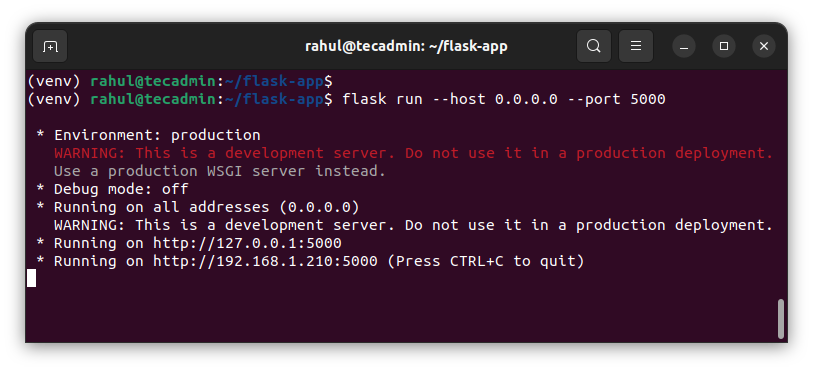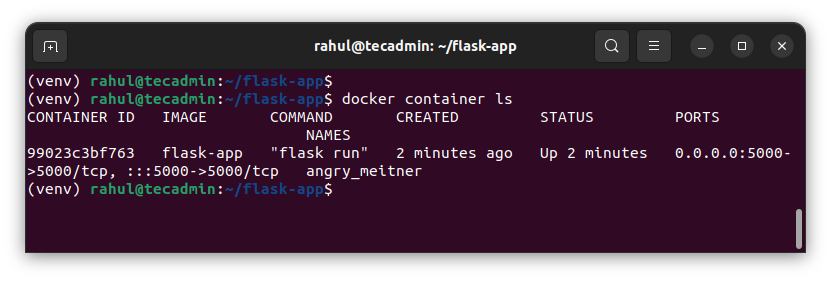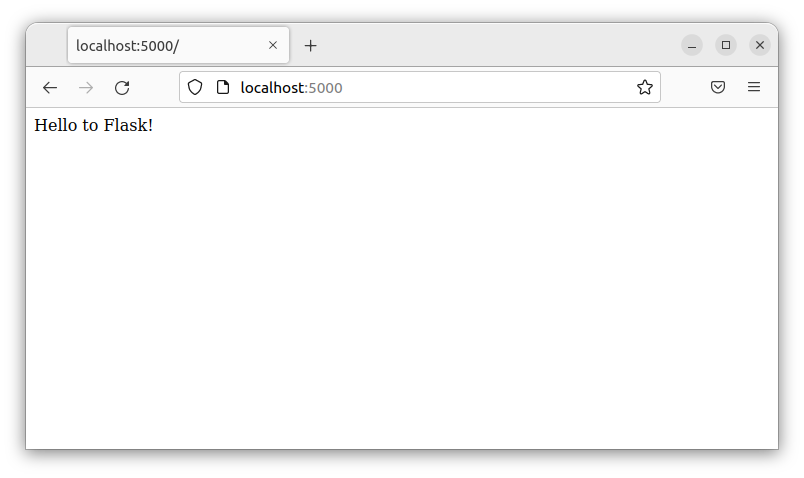In this process, you’ll also learn how to use multiple Python virtual environments and keep your source code organized. If you’re new to Python or Flask, you may want to check out our beginner guide to Python as well as our beginner guide to Flask first. They cover the basics of these frameworks so that you can follow along better in this tutorial. Let’s get started!
What is Flask?
Flask is a lightweight Python framework for building web applications. It is simple, flexible, and pragmatic. It can be easily extended with the use of extensions and plug-ins. Flask can be used to create small websites or large-scale, complex applications. Flask is used by companies like Pinterest, Twitter, Walmart, and Cisco. One of the common uses of Flask is for REST APIs that are used to interact with other systems. Applications written in Flask can also easily be deployed to a server or a cloud.
Create a Basic Flask Application
Before you can create a Docker image with your application, you have to have a basic app that you can run locally or on a server. In this section, you will create a basic app with Flask and then run it in a Docker container. You can use your preferred editor to create the app, or you can use the following command in your terminal to create a new app: Now that you have a basic app, you can run it in a Docker container by creating a file called Dockerfile in the same directory as your app.py file.
Create a Dockerfile for Your Flask Application
A Dockerfile is a file that contains instructions on how to build your image. It describes the entire process of building your image from the installation of your Python app to the creation of your container. You can use a Dockerfile to automate the building and updating of your image. This is helpful if you’re working with a team and people are adding code to the same application. Save the file and close it.
Conclusion
In this tutorial, you learned how to create a basic Flask app and build a Docker image with it. You also learned how to create a private registry and automate the building and updating of your image. This is a great way to create reproducible builds and container images that are easy to share and deploy. This can be helpful if you need to set up servers or if you want to run your app on different machines.


